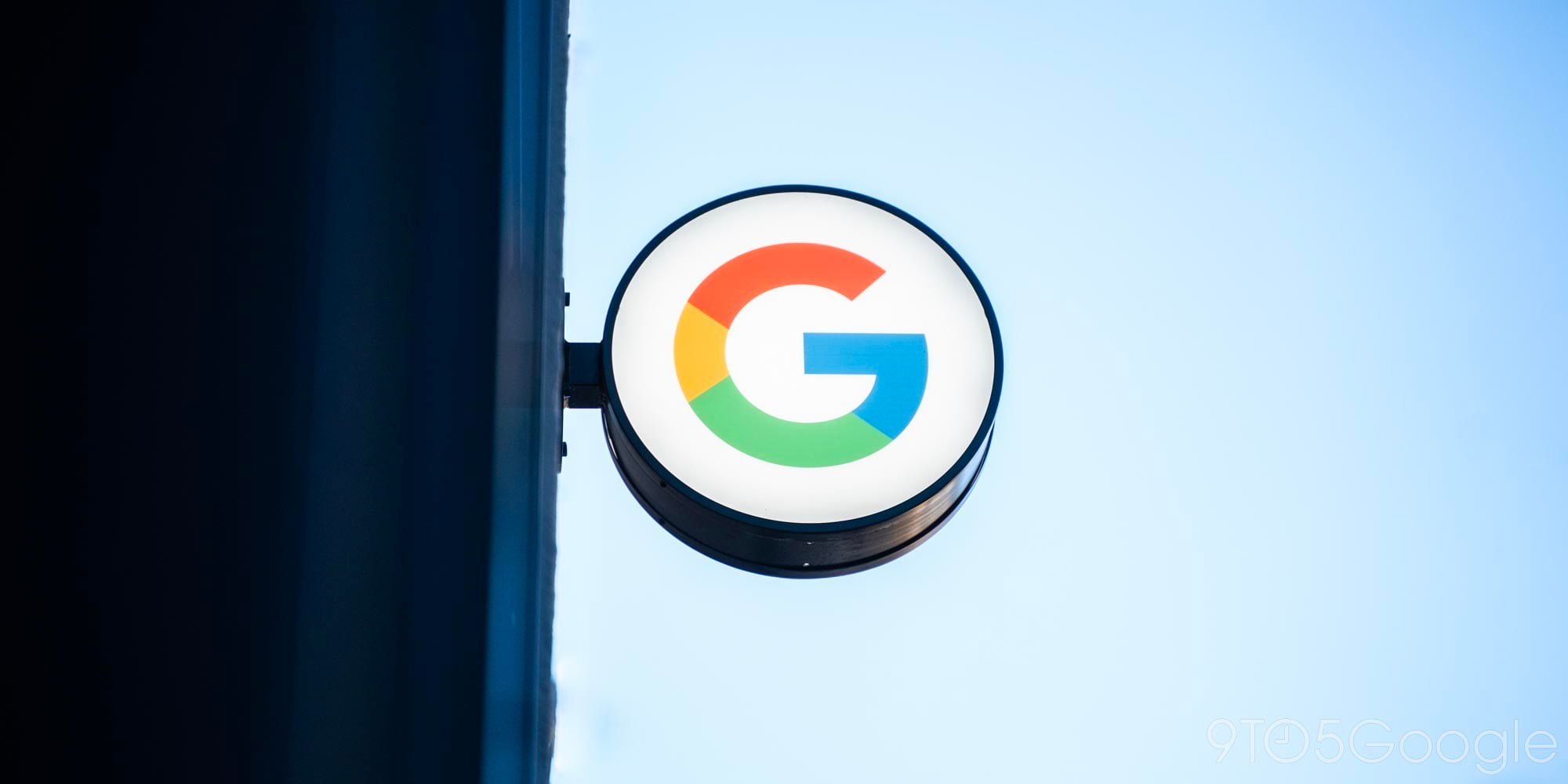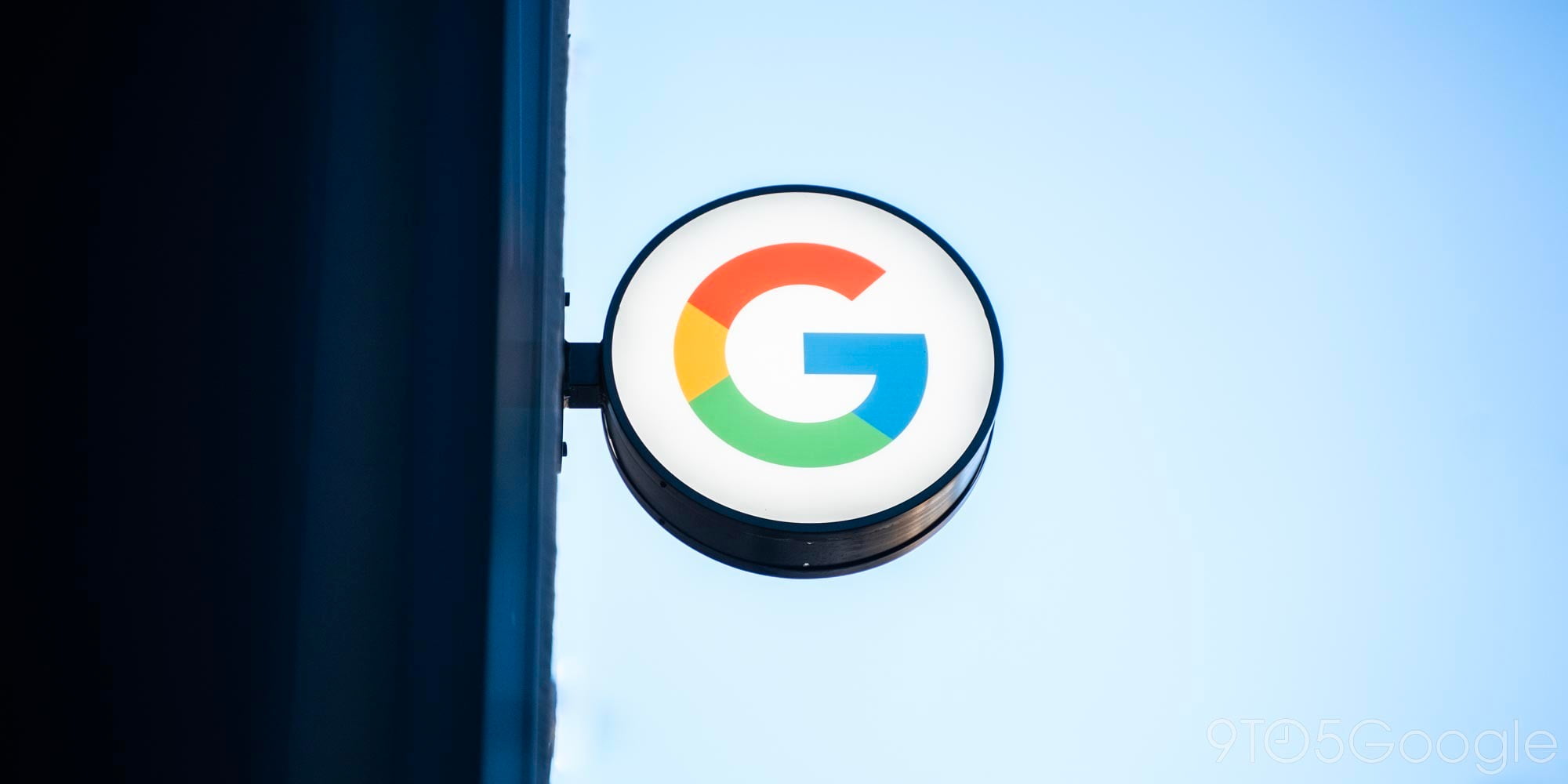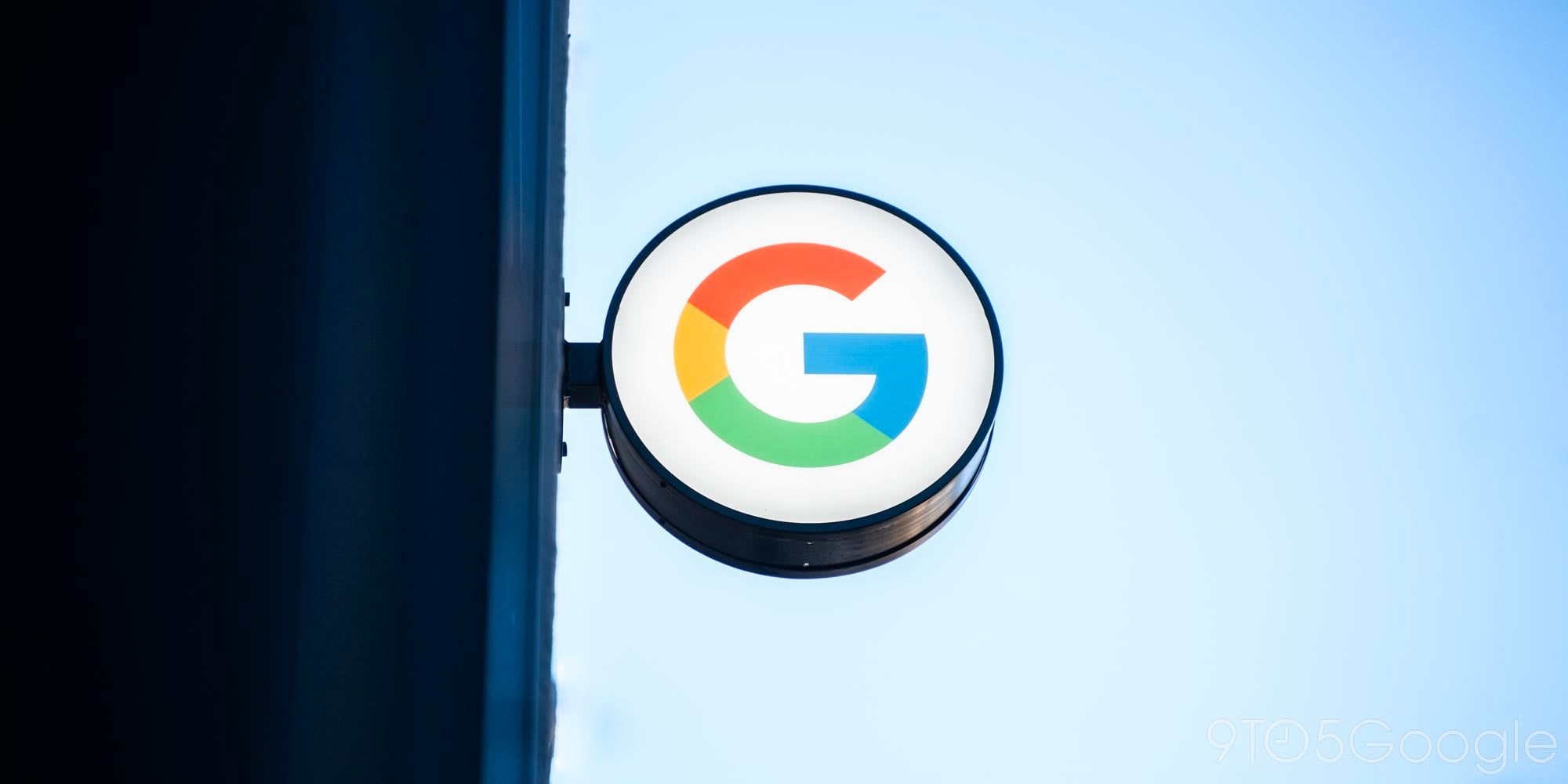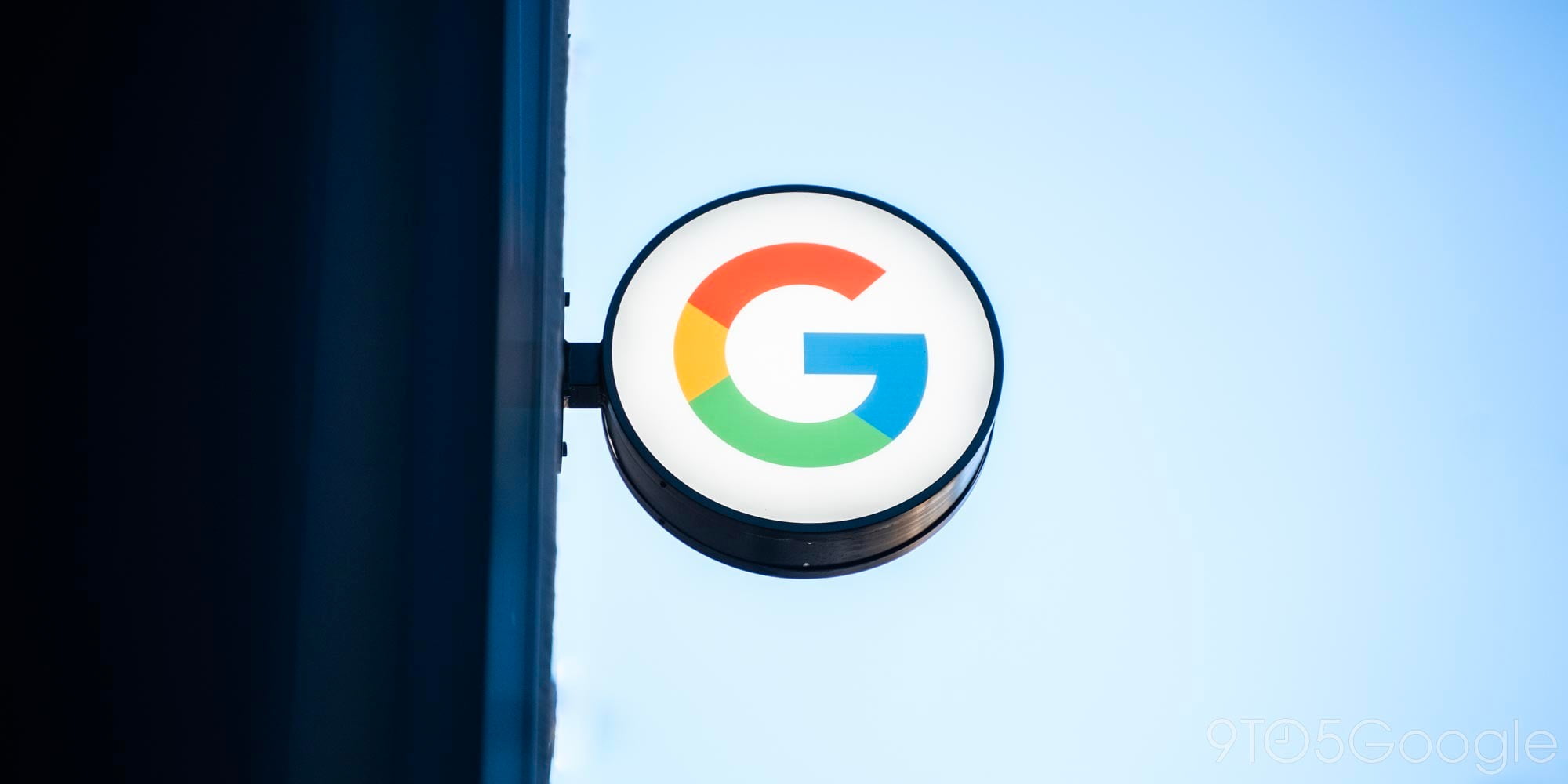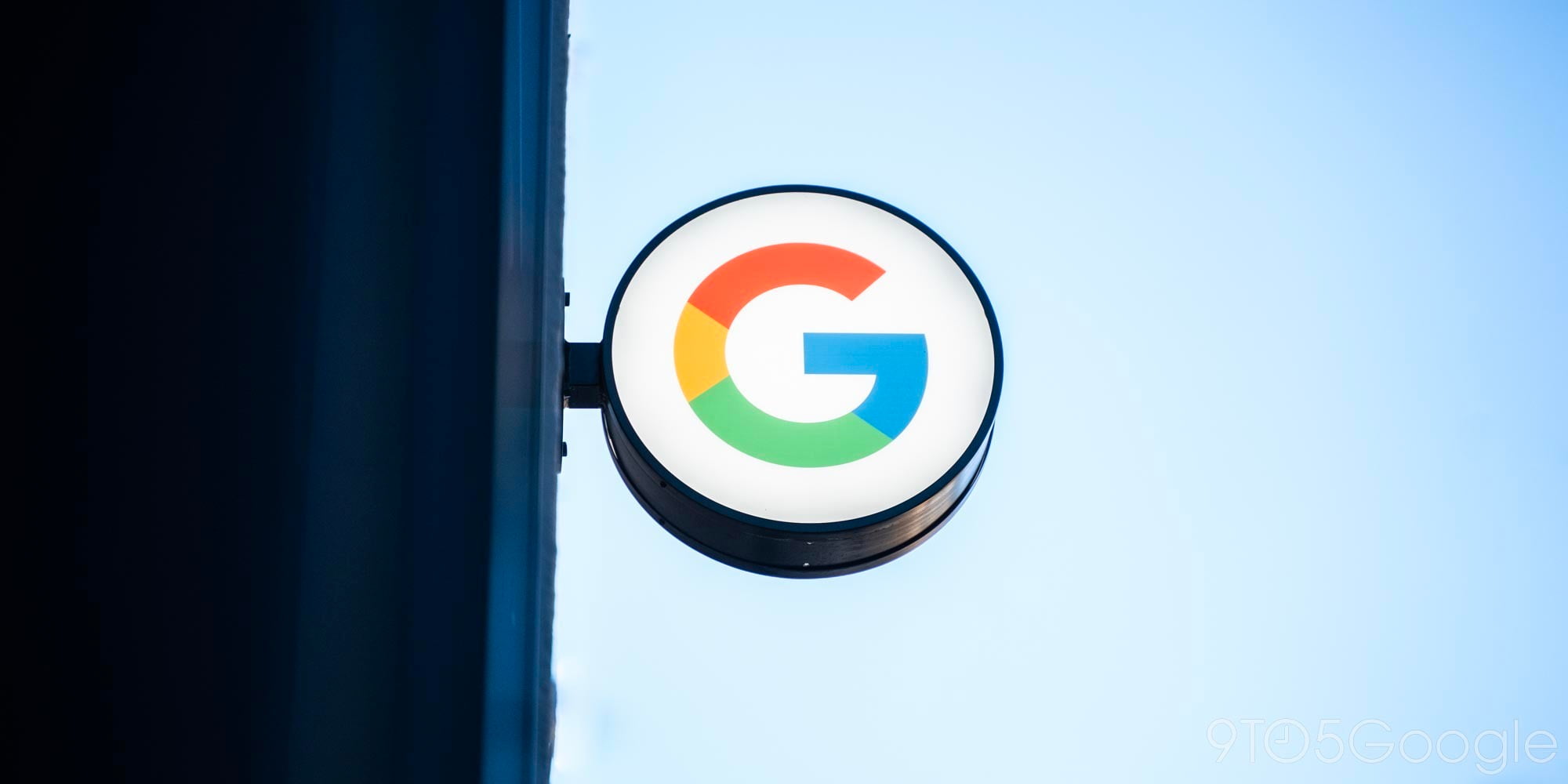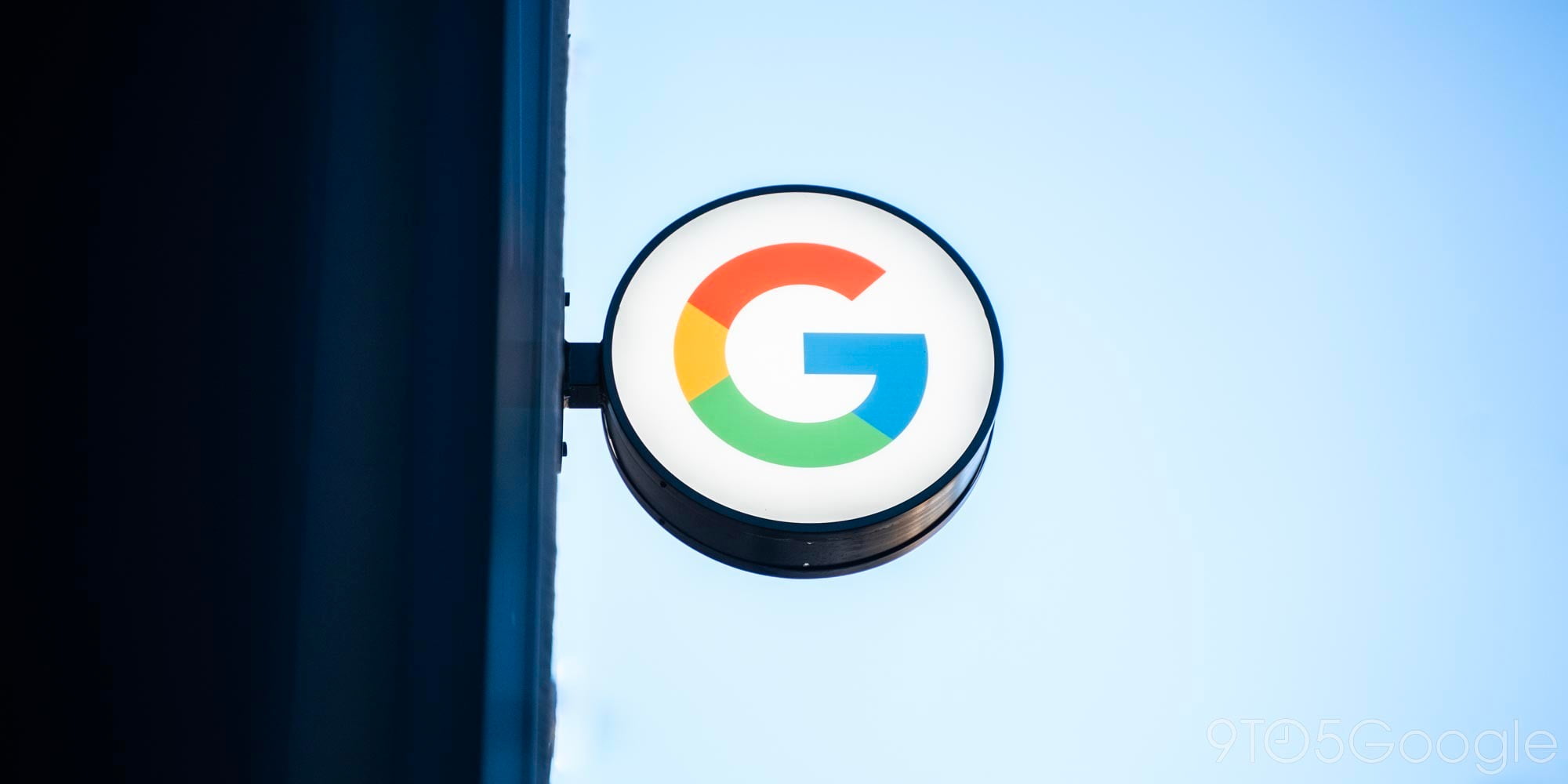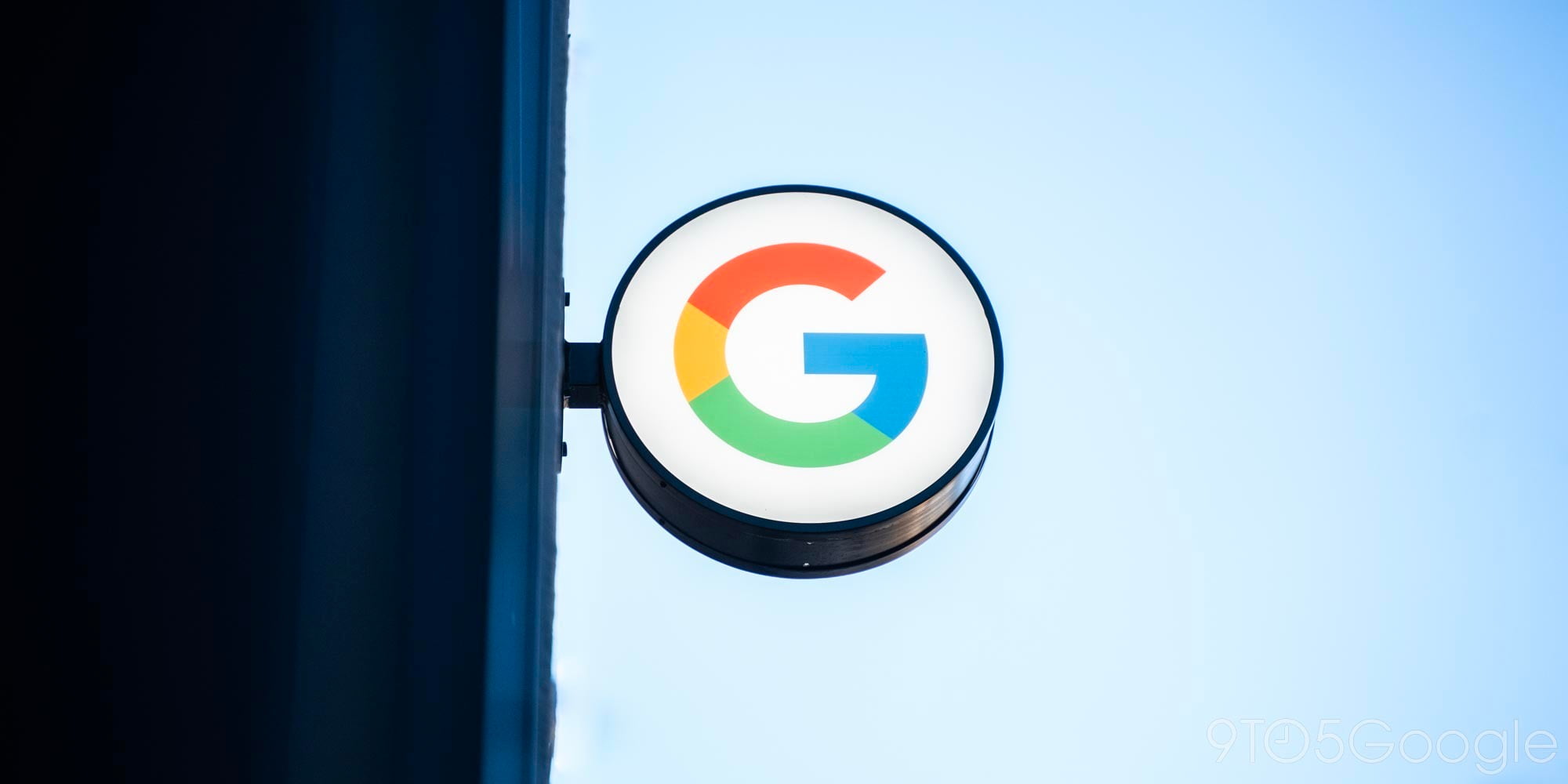Google wanted to sell AI-powered robotic arms, but they failed Larry Page’s ‘toothbrush test’

Google has been using AI and neural networks to help robotic arms to learn for quite some time now. Back in March the company published a report detailing how its software-enabled robotic arms were being taught to learn how to pick up objects by themselves, and the Mountain View company further detailed this research just last week in a blog post showing off a few more different approaches for general-purpose skill learning — like opening doors.
It’s impressive tech, but as with many of Google’s other impressive tech experiments, it seems like this one is never going to actually become a source of revenue for the company — at least not directly. The Google robotics group wanted to sell the arms to manufacturers, but that plan ultimately got turned down by Alphabet executives because they failed the “toothbrush test” (via Bloomberg)…




